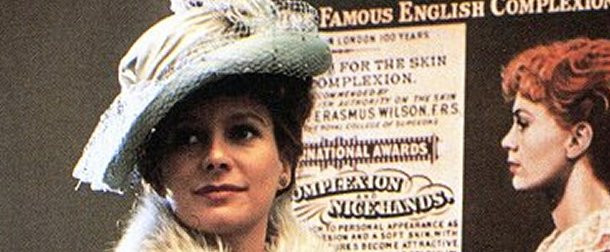
B.J. and the Bear
1978 - United StatesGlen A Larson wasn’t known for his originality
BJ and the Bear review by Brian Slade
In amongst the mass of light-hearted hour-long American shows that clogged the commercial channels of the UK in the late 70s and early 80s, some successes get lost in reflection due to the constant nostalgic affection for such perennial favourites as The A-Team, Baywatch and Dukes of Hazzard. One such show was a three-season success about a trucker and his chimp – B.J. and the Bear.
The airwaves were full of Glen A Larson creations as the 70s gave way to the 80s. In his time, one of the most familiar and powerful names of American television, Larson created a plethora of comedy-action-drama genre shows that rarely thrilled the critics, but always found favour with its audience. In 1978, while having had major success with Quincy ME, he had yet to really hit his stride with the genre, finding greater success with sci-fi in the form of cult favourites Buck Rogers in the 25th Century and Battlestar Galactica. BJ and the Bear gave an early hint of the kind of easy-going entertainment that would follow in the guise of Magnum PI, The Fall Guy and Knight Rider.

Action centred around Billy Joe McKay, the eponymous B.J. (Greg Evigan), who worked freelance as a trucker. His companion for his journeys was a chimpanzee named Bear, named so because his favourite hat, a black and white houndstooth, was also the favoured headgear of famed American football coach Bear Bryant.
B.J. was a drifter, his work taking him from state to state with eclectic types of cargo. Despite still being young he had seen plenty of life, primarily due to his service in the military during the Vietnam war, culminating in him being a prisoner of war. His work changed from day to day, but the inevitability was that whatever town he breezed into, he would end up entangled with a story of good against evil, very often featuring a damsel in distress needing his help fighting some kind of corruption. Corruption for B.J. came in many forms – goldmining, animal cruelty, murder, stolen goods – even BJ himself was not able to avoid being the victim as at various times, he, Bear and even his truck were all taken hostage at some point.

One central character in BJ’s adventures was Sheriff Lobo (Claude Akins). As with Boss Hogg in Dukes of Hazard, Lobo was upholder of the law, but was more often than not a law unto himself, albeit with far less buffoonery than Hogg. He was a questionable wheeler-dealer who was regularly a thorn in B.J.’s side but was no fool. Such was the success of the character that one episode was used effectively as a pilot to set up the spin-off series The Misadventures of Sheriff Lobo.
By its third season, B.J. and the Bear had started to lose its way, with B.J. establishing his own trucking company and employing seven attractive young ladies as his drivers. One argument would be that it was empowering for women to be taken on in what was normally seen as a man’s job, but that clearly wasn’t the intention of the writers as they tried to arrest the decline of the programme with glamorous content.

Glen A Larson wasn’t known for his originality. The design of B.J.’s truck was very much in the manner of the iconic Gran Torino from Starsky and Hutch, while one cannot help but wonder if the whole premise was an attempt to capitalise on two American road movies which were released in 1978; Convoy (in June) and the Clint Eastwood movie Every Which Way but Loose, about a trucker and his loveable primate, which hit cinemas just weeks after B.J. and the Bear’s pilot episode was aired. But there’s no denying that the show found an audience, albeit only for a short time. Both B.J. and the Bear and its spin-off for Sheriff Lobo were cancelled in 1981.

B.J. and the Bear is one of those shows that will almost certainly not see the light of day on repeats and certainly wouldn’t be made today. It was very much of its time in relation to having a performing primate as a leading character, despite many storylines focussing on preventing animal cruelty, and the attitudes to women being somewhat out of touch with the decades that have followed. However, there’s no getting away with the fact that at its time, B.J. and the Bear carried a certain playful charm. It was the sort of show that kids loved…it had a funny monkey and a glorious red and white truck – what was not to like? (The truck itself, a Kenworth 18-wheeler, was restored in 2007 after apparently being found rusting away in Georgia). But the action and sentiment appealed to the older audience as well, while the ladies certainly found Greg Evigan to be an appealing leading man. So, while it won’t be mentioned very often as television’s finest hour, evidenced by the lack of a DVD release all these years later, there’s no doubting that for three seasons, B.J. and the Bear offered a pleasant bit of escapism that, like so many Larson shows, gave audiences exactly what they wanted.
Seen this show? How do you rate it?
Seen this show? How do you rate it?
Published on March 2nd, 2023. Written by Brian Slade for Television Heaven.










